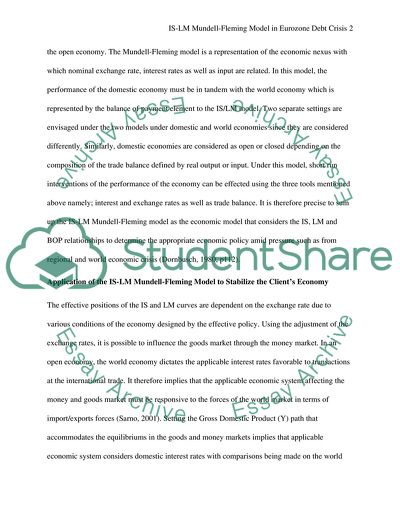Cite this document
(“The likely effects of the 2010-11 debt crisis* in the eurozone Essay”, n.d.)
The likely effects of the 2010-11 debt crisis* in the eurozone Essay. Retrieved from https://studentshare.org/macro-microeconomics/1587476-the-likely-effects-of-the-2010-11-debt-crisis-in-the-eurozone
The likely effects of the 2010-11 debt crisis* in the eurozone Essay. Retrieved from https://studentshare.org/macro-microeconomics/1587476-the-likely-effects-of-the-2010-11-debt-crisis-in-the-eurozone
(The Likely Effects of the 2010-11 Debt Crisis* in the Eurozone Essay)
The Likely Effects of the 2010-11 Debt Crisis* in the Eurozone Essay. https://studentshare.org/macro-microeconomics/1587476-the-likely-effects-of-the-2010-11-debt-crisis-in-the-eurozone.
The Likely Effects of the 2010-11 Debt Crisis* in the Eurozone Essay. https://studentshare.org/macro-microeconomics/1587476-the-likely-effects-of-the-2010-11-debt-crisis-in-the-eurozone.
“The Likely Effects of the 2010-11 Debt Crisis* in the Eurozone Essay”, n.d. https://studentshare.org/macro-microeconomics/1587476-the-likely-effects-of-the-2010-11-debt-crisis-in-the-eurozone.


